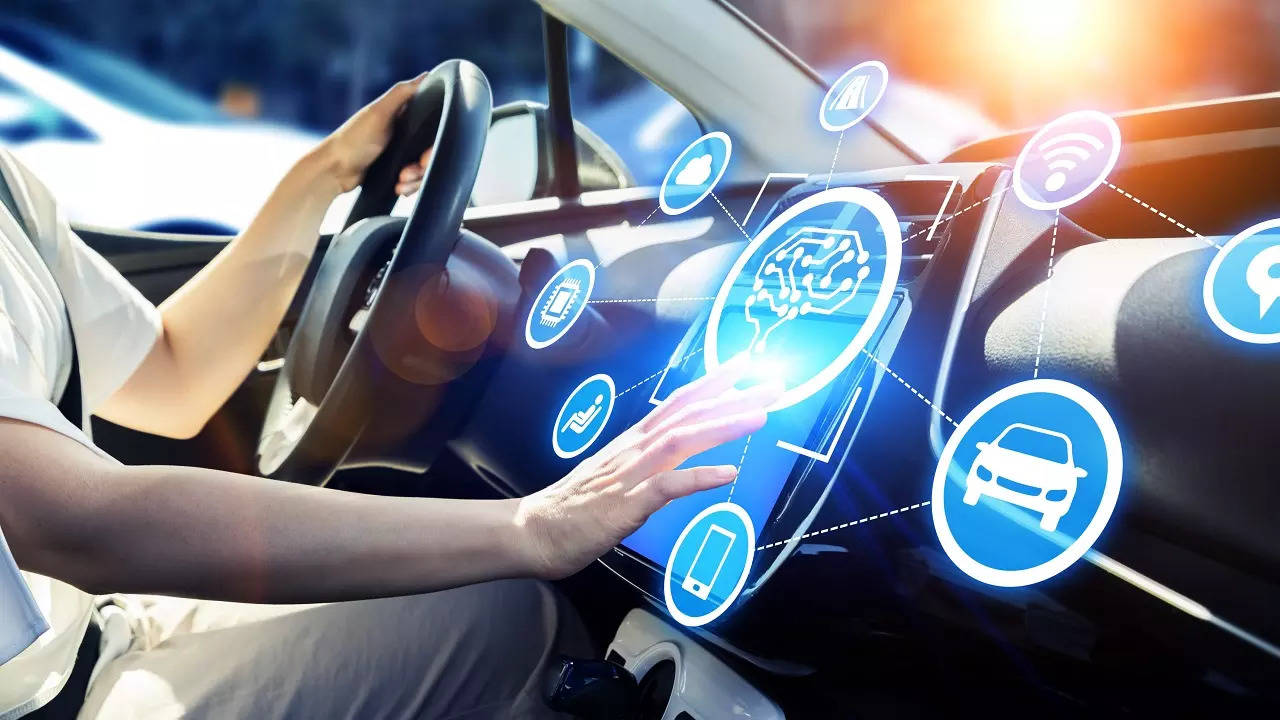Work on autonomous cars is on full throttle in India
3 minute readPublished: Wednesday, May 31, 2023 at 5:37 am

Self-driving vehicles the world is steadily getting there. They promise to reduce road fatalities to near-zero. They have the potential to disrupt how our logistical supply chains work imagine a totally autonomous vehicle dropping off your grocery, or autonomous trucks travelling from coast to coast, 24/7.Work on autonomous vehicle tech isnt just being done in automotive strongholds like Japan and Germany. Global vehicle makers are increasingly relying on their India engineering centres to work on the bevy of technologies needed to make fully autonomous vehicles a reality. Mercedes-Benz Research and Development India (MBRDI) has around 7,500 employees and 4,000 contractors in Bengaluru doing cutting-edge work, including in areas related to autonomous driving.Indian carmakers are equally involved. Aniruddha Kulkarni, VP of commercial vehicle engineering at Tata Motors, says the company has introduced what it says is Indias first-ever advanced driver assistance system (ADAS), complete with features for collision mitigation, lane departure warning, hill-hold assist, tyre pressure monitoring, and more.Kulkarni says ADAS comprises a set of sophisticated safety systems designed to assist drivers, incorporating a wide variety of technologies, including electronic stability control, anti-lock braking, driver state monitoring, lane departure warning, and autonomous emergency braking, to help avoid or mitigate accidents altogether. This helps elevate safety considerably, especially in commercial vehicles, where the potential of passive safety features (like seat belt, air bags) to offer protection reduces when the vehicle weight increases (towards higher tonnage), he says.100640145ADAS, Kulkarni says, operates in three steps. First, the vehicle perceives and interprets its existing surroundings, in its sense phase. Second, it processes the information it receives and prepares a driving strategy, in its think phase. Finally, it uses its powertrain, steering, and braking system interventions in such a way that this driving strategy is put into action to avoid accidents, in its act phase.To execute these steps, an ADAS uses several key components, such as a camera, radar, LiDAR, ultrasound sensors, controllers, and actuators. The levels of automation working within this system can vary from level 0 to level 5, from no automation to full automation. Each level of automation comes with certain features that enhance the automation, safety, and driving experience of the vehicle.Jacob Peter, senior VP of mobility R&D at Bosch Global Software Technologies, says to develop the AI models which are capable of accurate object recognition, the models have to be trained on petabytes of annotated data and then validated. He says his engineers in India are doing innovative work in this space, and adapting them for the Indian market with features like adaptive cruise control (ACC), lane keep assist (LKA), which involved creating a model for the Indian environment. Our engineers were on the road for thousands of kms, especially to fine tune the special scenarios that Indian roads offer, such as animals on the road and unique vehicles (like bullock carts) that are not normally seen on roads in western countries, he says.Latha Chembrakalam, head of Technical Centre India (TCI) at Continental Automotive India, says the engineering centre has developed affordable ADAS solutions for emerging markets. For example, the company developed a new affordable radar solution that uses perception algorithms that make it suitable for markets like India. They also developed a rear-view system that is a cost-effective, compact, and highly intelligent camera with built-in features and functions.The camera is pre-installed with software for emergency braking and pedestrian recognition. This is enabled by functions that include automatic self-calibration, detection and classification of objects, vehicles, pedestrians, and high-resolution visualisation views with overlays for the vehicle trajectory of the rearview, says Chembrakalam.Chembrakalam says cybersecurity is a crucial and integral part of ADAS solutions and is a major focus area for the companys engineers in India. If a device gets infected, the charging station, the generation stem, the entire ecosystem can be impacted, she says.Autonomous trucksRaghavendra Vaidya, MD & CEO of Daimler Truck Innovation Centre India, says Daimler is betting on the hub-to-hub model for commercial autonomous vehicles. Under this model, human drivers complete the first and last miles of the shipment, while autonomous trucks complete the long stretches on highways. Its very complex technology and it's very difficult to say when we are going to have autonomous trucks on the road, he says.But Vaidya is bullish on the technology because there has been excellent progress in perception and sensor fusion technologies. You have all of these inputs from the sensors like cameras, radars, lidars and so on, and you have to fuse all these inputs and then try to figure out what's going on. I think this has made the whole technology become viable, he says.